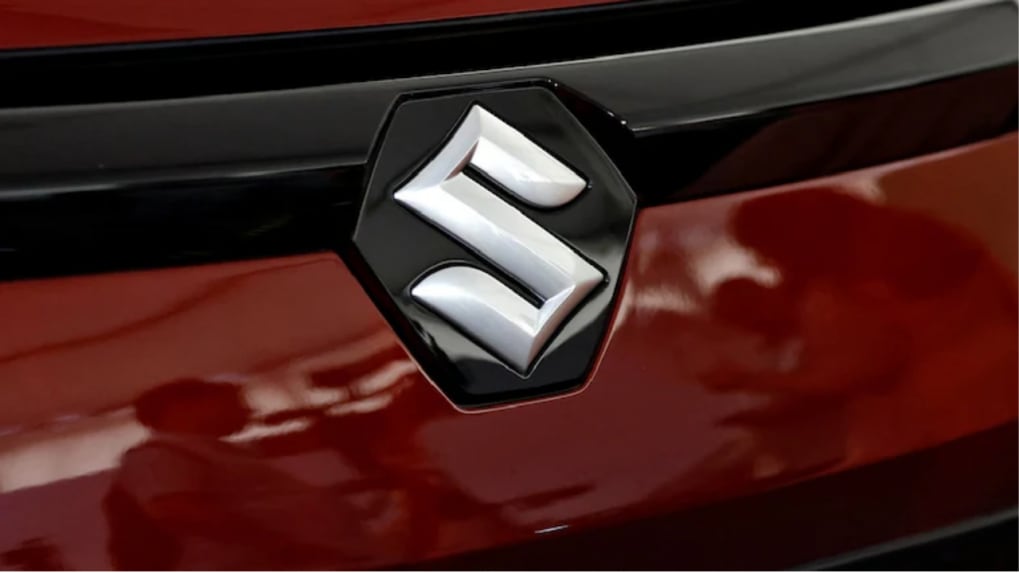Brand Makers
Dil Ka Jod Hai, Tootega Nahin

India’s radio advertising industry recorded a modest but clear recovery in the first nine months of 2025, with ad volumes growing by 4 percent compared to the same period in 2024, according to fresh data from TAM AdEx. The indexed ad volume per station rose from 100 in Jan–Sept 2024 to 104 this year, signalling a gradual resurgence in demand across categories, advertisers and regions.
The Services sector continued to dominate the medium, retaining its top position with a 31 percent share of total radio ad volumes. It was followed by the Auto sector at 12 percent and the Banking/Finance/Investment sector at 9 percent. Personal Accessories accounted for 9 percent and moved up to the fourth spot from seventh last year, while Retail and Education sectors each contributed 8 percent. Food and Beverages followed with 7 percent, and the Durables category held 3 percent of the share. Building, Industrial & Land Materials stood at 2 percent, along with Personal Healthcare at 2 percent. Together, the top ten sectors accounted for 89 percent of all radio ad volumes.
Category-wise, Properties and Real Estate retained the number one position with a 15 percent share of advertising volumes, followed by Cars, Hospitals/Clinics and Retail Outlets–Jewellers, all at 8 percent. Retail Outlets across Clothing and Fashion and Multiple Courses contributed 3 percent each, while Electronics/Durables, Life Insurance, Mouth Fresheners and Ecom–Media/Entertainment/Social Media each contributed about 2 percent. Mouth Fresheners and Ecom–Media were new entrants to the top ten categories this year. Retail Outlets–Jewellers also posted the highest growth in ad secondages among categories, rising 24 percent during Jan–Sept 2025, followed by Cars with 15 percent. Corporate–NBFCs saw the fastest growth percentage overall, surging 49.7 times over last year.
Maruti Suzuki India emerged as the leading advertiser in Jan–Sept 2025, taking the top spot from LIC of India, which led the list in 2024. LIC remained strong in the second position, followed by Vishnu Packaging, Jeena Sikho Lifecare and SBS Biotech. Hyundai Motor India, SBI (State Bank of India), Tata Motors, Muthoot Financial Enterprises and Honda Cars India completed the top ten advertiser list. Collectively, the top ten advertisers accounted for 13 percent of total radio ad volumes. More than 8,200 advertisers were active on radio during Jan–Sept 2025, compared to over 8,500 in the same period last year, with over 5,000 exclusive advertisers present in 2024.
At the brand level, Maruti Suzuki Arena rose to the number one position in Jan–Sept 2025, up from fourth place last year. Vimal Pan Masala retained its second rank, followed by Jeena Sikho, Maruti Suzuki True Value, SBI, Muthoot Financial Enterprises, Hyundai Car Range, Maruti Suzuki Grand Vitara, LIC Housing Finance and Maruti Suzuki Baleno. Four of the top ten brands belonged to Maruti Suzuki India, underscoring the company’s aggressive audio outreach.
Regionally, Gujarat and Maharashtra maintained their first and second positions among states, with 18 percent and 15 percent shares of radio ad volumes respectively. Tamil Nadu followed at 11 percent, while Karnataka contributed 9 percent. Rajasthan and Madhya Pradesh each accounted for 9 percent, and Delhi contributed 7 percent. The top five states together made up 62 percent of all radio advertising volumes during Jan–Sept 2025.
Among cities, Jaipur once again dominated the rankings with the highest share of radio ad volumes, retaining its top position from last year. It was followed by Surat, New Delhi, Nagpur and Indore. Ahmedabad, Hyderabad, Bangalore, Pune and Vadodara rounded out the top ten cities, which together contributed 63 percent of urban radio advertising during the period.
"The raucous, almost deafening, cuss words from the heartland that Piyush Pandey used with gay abandon turned things upside down in the old world order."
Read MoreFrom OpenAI’s ChatGPT-powered Atlas to Microsoft’s Copilot-enabled Edge, a new generation of AI-first browsers is transforming how people search, surf and interact online — and reshaping the future of digital advertising.